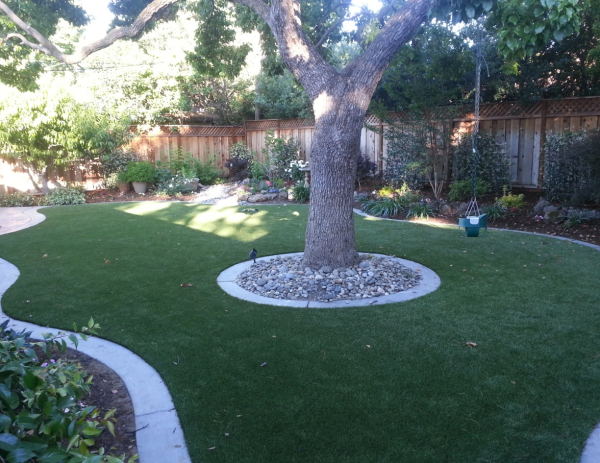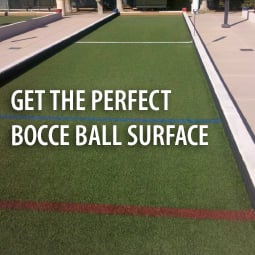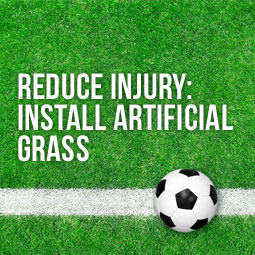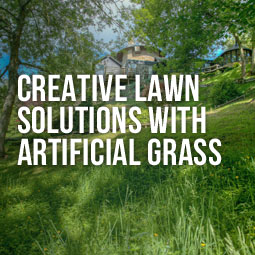 Pretty much every landscape has at least one area with “issues.” Poor drainage. Too much shade. That corner where absolutely nothing will grow. And the most difficult (and most dangerous) to deal with: a slope that’s too steep and slippery to mow safely. The old solution was just do plant a ground cover – some type of hardy, spreading plant that would theoretically smother out weeds, hold the soil in place and look good year round.
Pretty much every landscape has at least one area with “issues.” Poor drainage. Too much shade. That corner where absolutely nothing will grow. And the most difficult (and most dangerous) to deal with: a slope that’s too steep and slippery to mow safely. The old solution was just do plant a ground cover – some type of hardy, spreading plant that would theoretically smother out weeds, hold the soil in place and look good year round.
The reality was usually different. Weeds are tenacious and can usually manage to sprout and thrive anywhere they are not wanted. Rainy days can erode the soil around groundcover roots, creating bald, soggy spots that eventually damage the plants. And groundcovers are notorious for catching fallen leaves and other hard-to-retrieve debris, creating either a sloppy, unkempt impression or a high-maintenance nightmare.
A much more logical solution is artificial turf.Even if the rest of your landscape includes real sod, there’s no reason not to incorporate natural-looking synthetic grass into areas that are difficult to access or maintain. Today’s artificial lawns are so realistic, you can seamlessly integrate real and synthetic grasses to create a beautiful, low-maintenance landscape, no matter how many troublesome spots you face.
OK, I admit I won’t be surprised if you take the next step once you’ve discovered how easy it is to have a great-looking lawn with no mowing. In the meantime, combining real grass and synthetic grass is the perfect middle-ground solution for safety, beauty and erosion control.












